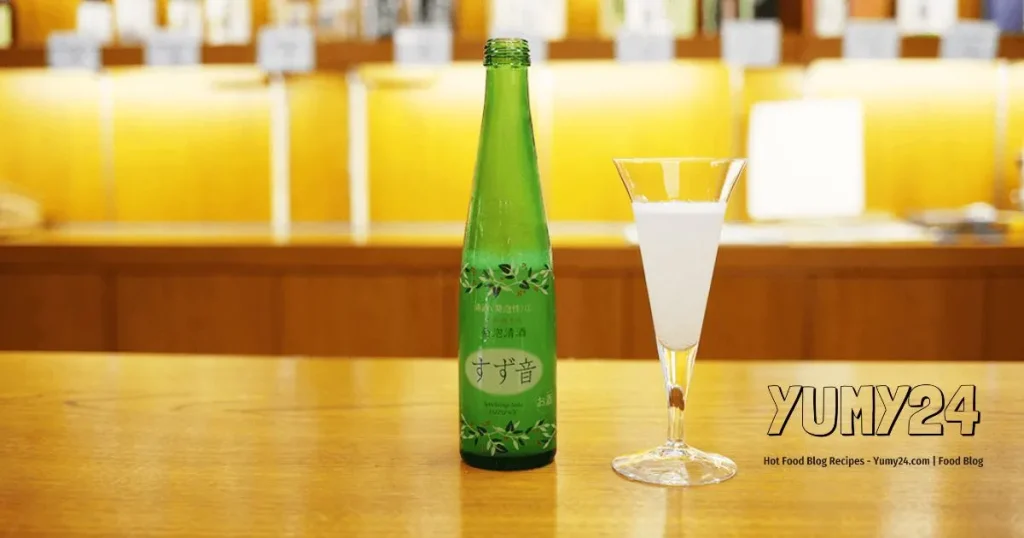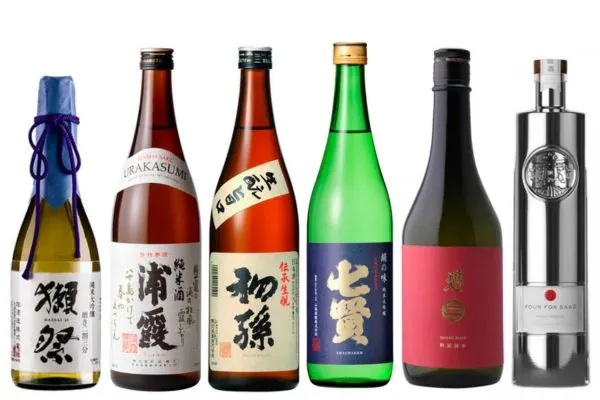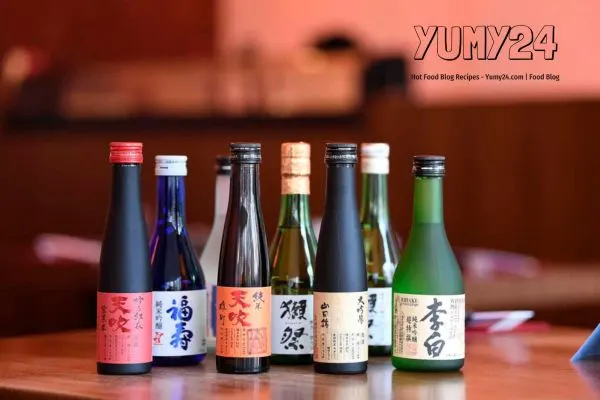
Sake, a fermented rice alcoholfrom Japan — is not typically found on the average American menu but enjoys a dedicated global culinary following that pairs it with everything from sushi to haute cuisine. This will take you through the history of sake, its varieties, how is it brewed, and how it became so deeply ingrained in the modern food culture. For a beginner or someone looking to dive further into the world of sake, this guide is here to show you how sake can enhance your next meal.
Introduction: What is Sake?
Japanese rice wine (pronounced sah-keh) is often called “Japanese sake,” but the process of brewing it more closely resembles that of beer, where starches in grains are converted to sugars before fermenting them. Dating back to over a millennium, this is an age-old form of beverage in Japanese culture. Today, sake is enjoyed and appreciated all over the globe as one of the pinnacles of taste and culture.
The Brewing Process
The brewing of sake involves the process of converting rice starches to sugars, which are then fermented by yeast. The process usually begins with polishing — the Alcohol removal of the outer husk, which is followed by fermentation, pressing, and pasteurization. The type of rice, the percentage of rice polishing as well as water are deeply related to the taste and aroma.
Key Ingredients at yumy24
The Rice:Alcohol Premium sake is brewed from a special sake rice called “shuzo kotekimai” with large grains and low protein.
Water: Water is essential for making sake, and Japan is blessed with pure natural resources that influence the taste of the liquid.
Koji Mold: Koji mold is used to convert the starch in the rice into fermentable sugar.
The Yeast: Finally, the yeast ferments the sugars into alcohol, and this is what makes sake taste like sake.
Types of Sake
The aging duration and production process for vintage sake are influenced by the rice polishing ratio, brewing practices, and alcohol content in several different categories:
Junmai: Made without the addition of alcohol, Junmai sake is full-bodied with a rich and rice-focused flavor.
Ginjo – (made with rice polished to a minimum of 60%, offers fruity and floral fragrance)
Daiginjo – A super premium sake where rice has been polished to 50% or more, Daiginjo possesses a distinguished delicate taste.
Nigori –A partially filtered cloudy sake, giving it more body and sweetness
Sparkling Sake– Sake variety containing a refreshing fizz, atingle your palates, and an ideal for celebrations.
Pairing Sake with Food
Japanese traditional Alcohol has no sake only theory. The third reason isn’t just the versatility, rather than sake can also go along with meals in various global cuisines, creating an entirely new dining experience:
Sushi and Sashimi: The natural umami of sake is a perfect match with fresh raw fish, and sakes will almost universally enhance the delicate nature of sushi flavors.
Meats Grilled:The rich and full body sake like Junmai paired well with meats that are grilled or BBQ.
Cheese:Believe it or not, cheese is a formidable partner in crime with sake, especially the likes of something soft and runny like brie, camembert or sniveling goats cheese.
Ingredients: Shellfish and nuanced seafood dishes that pair well with light, fragrant sake like Ginjo or Daiginjo—Good Seafood Entertaining—Streaming Homeührung 101
Cultural Importance of Sake

Sake is considered as the national drink of Japan; its culture and tradition is all around the country! Sake is also used as an offering at Shinto wed´s… Japan Gourmet Mama Core on Line47さけよこ, Rs: Body browsable wine. flowered by palate score To this day sake plays an important role in Japanese culture and still serves as a means of experiencing its long history.
Sake in Popular Culture
Recently, Alcoholic sake has become quite popular due to the current trend of Japanese culture on a global scale and both in food and mainstream beverage trends as well. In the largest cities in the world, sake bars are booming, and as a result, several sought-after chefs have included sake in their high-end cuisines. It has even been used as the basis of unique cocktails that blend classic Japanese culture with contemporary mixology.
Sake in modernist cuisine
For those unfamiliar with cooking, sake makes not just a simple drink; it is a key component of several recipes. It works in meat and fish marinades, however, providing a mild sweet note beneath the surface of the main dish. It also serves as a tenderizer, which means that it makes meats more juicy bringing an even richer flavor to the table.
Sake : Sake-Glazed Salmon
This sake-glazed salmon recipe is an easy way to incorporate sake into your home cooking. Mix together a marinade of sake, soy sauce, ginger, and honey and then generously coat fresh salmon and bake or pan-fry to heavenly perfection. The concoction yields a sweet and savory glaze that complements the salmon’s natural fattiness.
How to Serve Sake
Sake is a bit different, especially when you want to serve it. Though it could be served warm or chilled, the use of Sake at different temperatures produces a large change in flavor profile. Florida weather can cause a duel existences for the sake, for example warm Sake will taste more rich and fuller-bodied, perfect for winter or richer food upon serving while cold Sake is much lighter and aromatic so good Summer or even lighter fare.
Tips for Serving:

Glassware: Sake is traditionally drunk from distinctive small ceramic cups called “ochoko” (お猪口), but wine glasses are more and more used to enjoy the aromas.
Temperature —While chilled sake is the favorite of many, warmer temperatures (not hot) can be nice in certain styles like Junmai or Honjozo.
In Conclusion:
The Wave of Sake Trend is everywhere in the world!
A rising number of people around the world is coming to know the elegance and intricacy of this beverage, which is why sake is fast becoming a trendy tipple. If you are a foodie, cultural explorer or looking to follow the latest gastronomic waves, then there is so much rooted within sake.
Known for its versatility, rich history, and ability to accommodate itself with a variety of seasonings of flavors The Mah Ki Dal needs to be included in the list. Find more food and drink content at yumy24. and follow us on Insider’s Javy Dreamer “Your Daily Dose of all-at-home culinary inspiration” insideo.com
